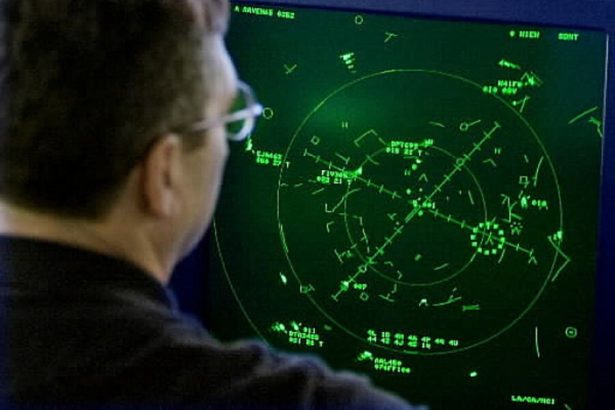For America’s aviation entrepreneurs, the sky is actually falling unless drastic changes are made to empower regulators to act swiftly. For 114 years, America has been the leader in aerospace innovation, safety, and opportunity. That prowess is in jeopardy as the next generation of entrepreneurs are unable to bring their ideas into reality because the aviation infrastructure in America is underfunded and slow to move. Without evasive action, America could miss out on an entire generation of value creation and technological innovation; sending shockwaves to be felt for generations to come.

The last 20 years have brought unprecedented innovation and safety to the aerospace industry in the US. We’ve brought scaleable heightened security to airports after 9/11, bested our own “gold-standard” safety records year after year, and currently stand on the precipice of an aviation renaissance to the likes of which we haven’t seen since the dawn of the jet age. Unfortunately, much of the infrastructure that we rely on today is still a relic of the dawn of the jet age.
Regulators need more resources, especially budget, to be able to create the regulation and infrastructure that will allow American companies to pole-vault over the status quo and build a future that actually fulfills the science-fiction promises of yester-year. I’m talking about urban air mobility vehicles, low-boom supersonic flights, civilian space programs and commercial drones for delivery and data collection– the dreams of a generation all rapidly trying to come to fruition.
Without this critical leadership, infrastructure and regulation, it won’t be possible. It is often said “History doesn’t repeat itself but it does rhyme.” and we need to be extremely cognizant that to see outsized returns on investments, we will need to make some seemingly outsized investments. In reality, these investments will pale in comparison to the value they create. Businesses built on infrastructure investments like we need today have created tremendous value for society and the disruptive businesses built upon them.

Uber’s rise to success and power wouldn’t have been possible without the internet connected smart-phone that was GPS enabled. Sure, someone might have been able to cobble together a complicated phone-tree but the delta between the status quo of calling for a cab and “Press 1 for an Uber” probably wouldn’t have spurred the radical adoption Uber needed to succeed.
SpaceX would have had to pioneer a heck-of-a-lot more than reusable commercial launch vehicles without access to military and government launch infrastructure that allowed the [then] startup to launch its first rockets at US Military installations and eventually leveraging Cape Canaveral — NASA’s old digs.
Though Amazon now has its own airlines, it was highly reliant on the tried-and-true infrastructure of the USPS to be able to effectively scale its business and prove that e-commerce was every bit as capable as traditional commerce in the beginning.
Robust infrastructure is the launch pad by which the future can spring from. In order to create the future needed for all of these new technologies, one need only look at the FAA’s budget breakdown. Today, just 60M dollars goes to supporting commercial space operations and drones. That’s just ⅓ of 1 percent or the equivalent of someone making 50,000 dollars a year spending $150. (Spoiler, the average US household spends more than that on toilet paper.)
The next generation of aviation innovation will require interoperability for both performance and safety. These advances are going to add density, speed, and capability to parts of the national airspace never before considered. Congress and the Biden administration needs to heed the FAA’s call for more budget, and the FAA needs to continue to embrace a culture of investment in performance-based regulations and the creation of infrastructure for these new technologies to flourish on the shoulders of.
Though you can’t see the infrastructure guiding aircraft and spacecraft all over the skies of the United States, it needs thought, investment, and leadership to be able to move into the future. The FAA has proven to be an exceptionally capable regulator in making sure America can move around at 550mph with an unmatched safety record, and there is little doubt that the lessons learned in doing so will pay dividends as new challenges are undertaken for new and different kinds of flight. The time is now, and Congress has the power and responsibility to make sure America continues its place as the leader in aerospace innovation.
Joshua Ziering
Joshua is the Founder and Chief Security Officer of Aloft (formerly Kittyhawk), the market leader in drone airspace systems & UTM technologies. He is also a Part 61 certificated private pilot, a founding member of the FAA's Drone Safety Team, and an FAA Part 107 certificate holder.



